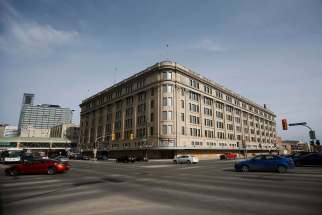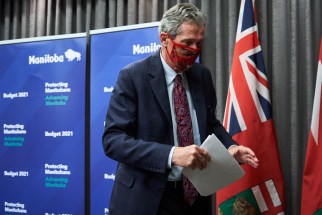Gardeners dig into mixed environmental messaging on peat
Read this article for free:
or
Already have an account? Log in here »
To continue reading, please subscribe:
Monthly Digital Subscription
$0 for the first 4 weeks*
- Enjoy unlimited reading on winnipegfreepress.com
- Read the E-Edition, our digital replica newspaper
- Access News Break, our award-winning app
- Play interactive puzzles
*No charge for 4 weeks then price increases to the regular rate of $19.00 plus GST every four weeks. Offer available to new and qualified returning subscribers only. Cancel any time.
Monthly Digital Subscription
$4.75/week*
- Enjoy unlimited reading on winnipegfreepress.com
- Read the E-Edition, our digital replica newspaper
- Access News Break, our award-winning app
- Play interactive puzzles
*Billed as $19 plus GST every four weeks. Cancel any time.
To continue reading, please subscribe:
Add Free Press access to your Brandon Sun subscription for only an additional
$1 for the first 4 weeks*
*Your next subscription payment will increase by $1.00 and you will be charged $16.99 plus GST for four weeks. After four weeks, your payment will increase to $23.99 plus GST every four weeks.
Read unlimited articles for free today:
or
Already have an account? Log in here »
Hey there, time traveller!
This article was published 07/04/2021 (1707 days ago), so information in it may no longer be current.
It’s been nearly five decades since Janet Epp first tried her green thumb at gardening.
Now, countless hours later, as she preps spring seeds, she finds herself contemplating a new — hopefully more sustainable — way of doing things.
The material she’s concerned with is peat moss: an ideal and common additive used to help nurture plants.
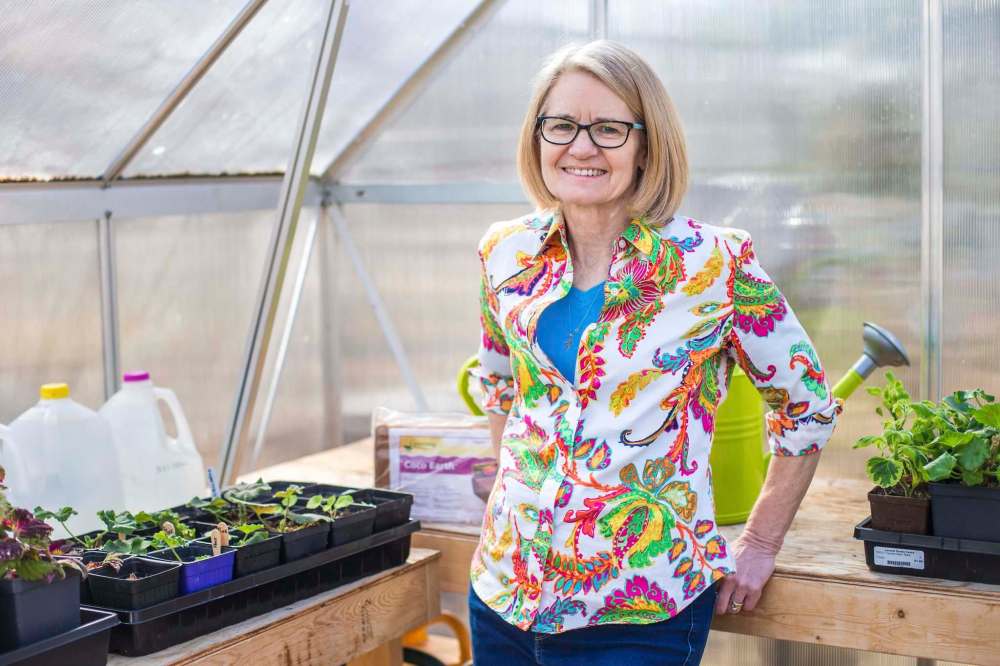
In recent years, however, peat has gotten a lot of flack for being an unsustainable product in the horticultural world, and gardeners are taking note (including the organization Epp is a part of, the Manitoba Master Gardeners Association).
“In the last six years, it’s come to my attention that some products are more sustainable than others and the people that have brought that to my attention are in the Master Gardener movement across Canada,” Epp said.
Peat moss is partially decomposed organic matter found in bogs and lowlands that is extracted principally for horticultural purposes.
Peat has built up in bogs across Manitoba and Canada since the end of the last glaciation about 10,000 years ago. As plants and other organic matter decomposed without much oxygen, peat accumulated and developed the most carbon-intensive kind of ecosystem in the country.
Disturbing peatlands (either for extraction or for industrial purposes such as building roads or mines) results in the release of carbon into the atmosphere that compounds global warming.
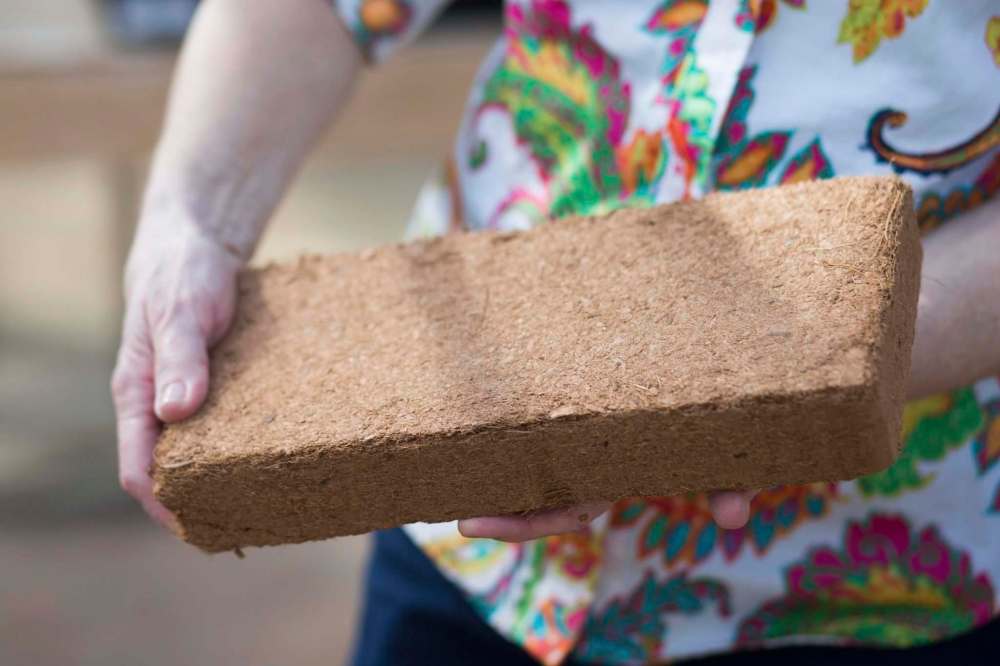
Knowing this, gardeners have tried to find alternative materials. Epp is experimenting with coconut coir, a fibrous material made from the outer shell of a coconut.
“Coconut coir is very easy to use and very convenient. Last summer, I also used it in my hanging planter and it did a great job. I was really pleased with it. Now, it doesn’t hold as much moisture as peat, but it does a great job,” Epp said.
However, coconut fibre has to be transported a much greater distance, and has a carbon footprint associated with the distance travelled. Taking account of the tradeoffs of one product versus another is tough to sort through, Epp admits.
“I’m not sure I need to choose one over the other right this moment,” she said.
Some local gardening businesses have begun phasing out the use of peat. Sage Garden Greenhouses in Winnipeg, for example, has begun aiming for a phase-out of peat by 2022, along with a host of other sustainability pledges.
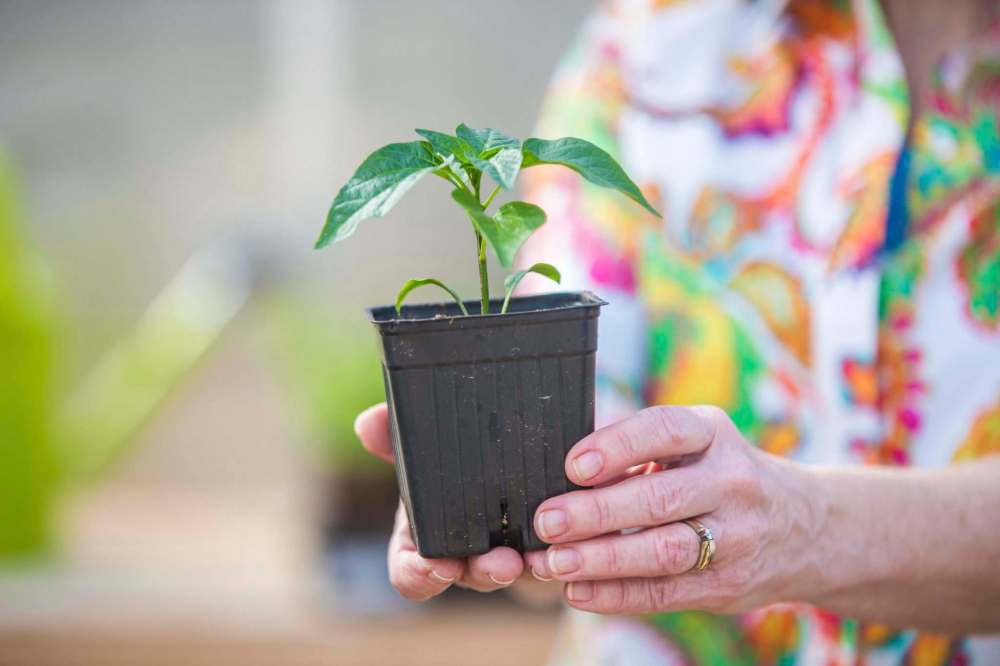
The United Kingdom has come under fire for the unsustainable approach the country took toward extracting peat, which devastated peatlands. The UK pursued a voluntary phaseout of the material that was meant to be achieved by 2020, but has only resulted in a 25 per cent decline in sales, according to reporting from the Guardian.
Maria Strack, a Canada Research Chair in ecosystems and climate, based at the University of Waterloo, sympathizes with the mixed messaging gardeners are getting on peat use.
“When you extract peat, it’s going to induce carbon emissions and greenhouse gas emissions,” Strack said. “That’s simply because you’re taking this carbon that’s protected because it’s wet, in wet soils, and you’re aerating it again, and that allows it to decompose and be emitted into the atmosphere.”
Where it gets complicated, Strack said, is the scale of emissions coming from peat extraction in Canada is quite small.
Canada’s 2018 GHG emissions inventory report only attributed 2.63 megatonnes of CO2 equivalent to wetland disturbances, of which peat extraction is a part. For perspective, Winnipeg’s Brady Road landfill emitted 0.41 Mt in the same period.
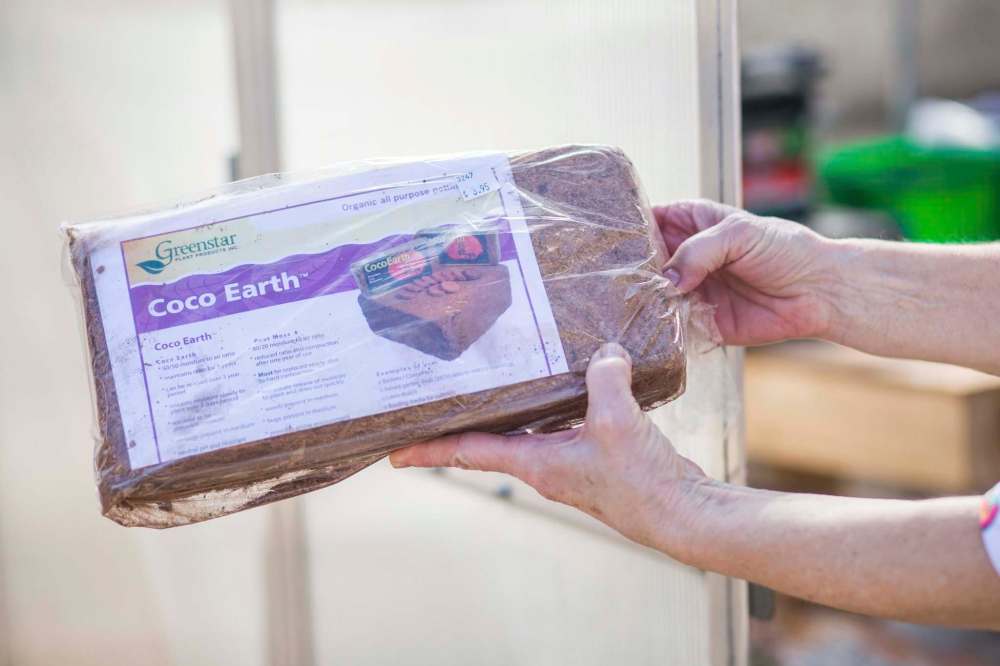
“I guess, if a gardener was talking to me, I would say, ‘Lots of things that you do result in greenhouse gas emissions. Driving your car, everything,’” Strack said.
“From a Canadian context, at least, we have an opportunity — as long as we keep the industry relatively small — to weigh the benefits. The economic and the social benefits are likely to outweigh those greenhouse gas emissions in a lot of cases,” she said.
“But in Europe, the context is really different, where there’s almost no undisturbed peatlands. There really is a huge push to go towards these peat-free growing materials there. I think a lot of people are struggling with the social acceptability of peat as a growing medium because of the destruction of the ecosystem, as well as the greenhouse gas emissions that come along with it.”
Of more concern for Canada’s peatland carbon stores is the possibility of wildfire ravaging the landscape. Strack found in a paper published in 2019 the carbon emissions associated with the disturbance of peatlands for oil and gas exploration was far underestimated.
“There are many other disturbances on the landscape that are affecting peatlands to a much, much greater extent than peat extraction. But, that doesn’t mean that peat extraction is good, or bad,” Strack said.

sarah.lawrynuik@freepress.mb.ca


